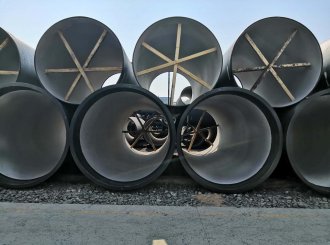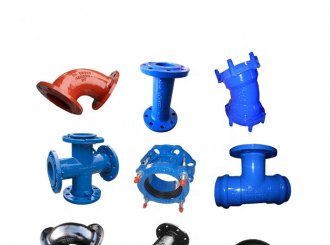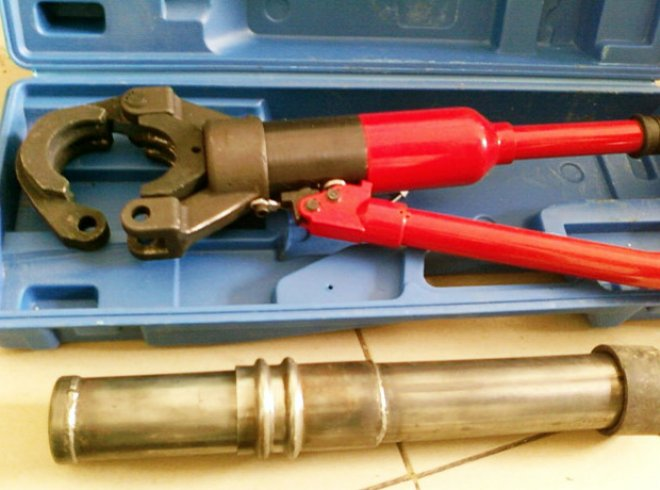-
Sonic Pipe
-
Push Fit Sonic Pipe
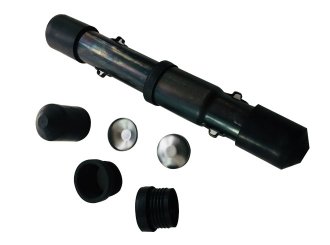 Push Fit Sonic Pipe
Push Fit Sonic PipeKwayt Group was founded in 2008,which is engaged in the manufacture and export of many kinds of steel pipes and fittings. Kwayt is a group company......
-
Clamp Compression Sonic Pipe
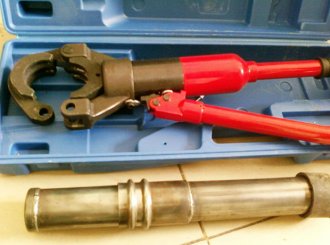 Clamp Compression Sonic Pipe
Clamp Compression Sonic PipeKwayt Group was founded in 2008,which is engaged in the manufacture and export of many kinds of steel pipes and fittings. Kwayt is a group company......
-
Spiral Sonic Pipe
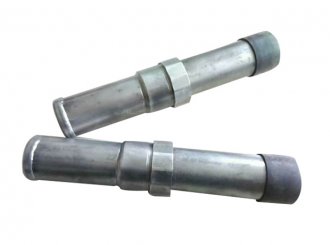 Spiral Sonic Pipe
Spiral Sonic PipeKwayt Group was founded in 2008,which is engaged in the manufacture and export of many kinds of steel pipes and fittings. Kwayt is a group company......
-
Push Fit Sonic Pipe
-
Sign Post
-
Square Sign Post
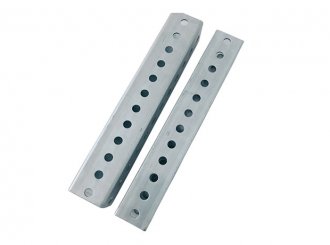 Square Sign Post
Square Sign PostKwayt Group was founded in 2008,which is engaged in the manufacture and export of many kinds of steel pipes and fittings. Kwayt is a group company......
-
U Channel Sign Post
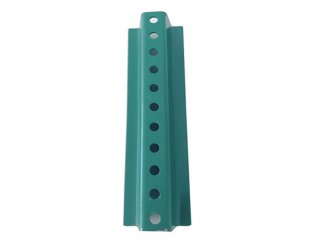 U Channel Sign Post
U Channel Sign PostKwayt Group was founded in 2008,which is engaged in the manufacture and export of many kinds of steel pipes and fittings. Kwayt is a group company......
-
Square Sign Post
- Ductile Iron Pipe
-
Steel Pipe
-
Seamless Steel Pipe
 Seamless Steel Pipe
Seamless Steel PipeKwayt Group was founded in 2008,which is engaged in the manufacture and export of many kinds of steel pipes and fittings. Kwayt is a group company......
-
Welded Steel Pipe
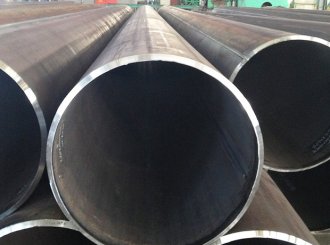 Welded Steel Pipe
Welded Steel PipeKwayt Group was founded in 2008,which is engaged in the manufacture and export of many kinds of steel pipes and fittings. Kwayt is a group company......
-
SSAW Pipe
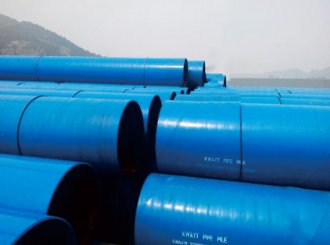 SSAW Pipe
SSAW PipeKwayt Group was founded in 2008,which is engaged in the manufacture and export of many kinds of steel pipes and fittings. Kwayt is a group company......
-
Seamless Steel Pipe
-
Galvanized Pipe
-
Pre-Galvanized Pipe
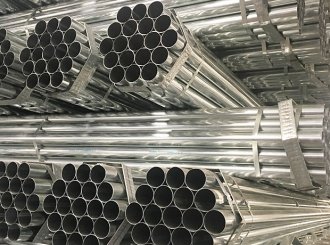 Pre-Galvanized Pipe
Pre-Galvanized PipeKwayt Group was founded in 2008,which is engaged in the manufacture and export of many kinds of steel pipes and fittings. Kwayt is a group company......
-
Hot Galvanized Pipe
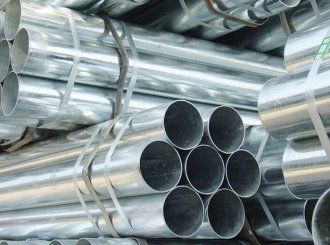 Hot Galvanized Pipe
Hot Galvanized PipeKwayt Group was founded in 2008,which is engaged in the manufacture and export of many kinds of steel pipes and fittings. Kwayt is a group company......
-
Pre-Galvanized Pipe
- Steel Sheet Pile
-
Grouting Pipe
-
Grouting Pipe
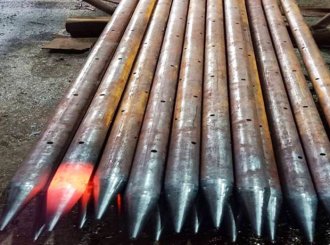 Grouting Pipe
Grouting PipeKwayt Group was founded in 2008,which is engaged in the manufacture and export of many kinds of steel pipes and fittings. Kwayt is a group company......
-
Steel Conduit
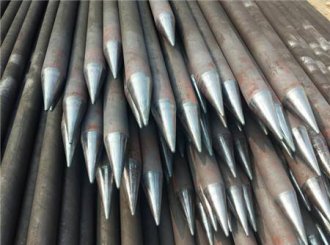 Steel Conduit
Steel ConduitKwayt Group was founded in 2008,which is engaged in the manufacture and export of many kinds of steel pipes and fittings. Kwayt is a group company......
-
Anchor Pipe
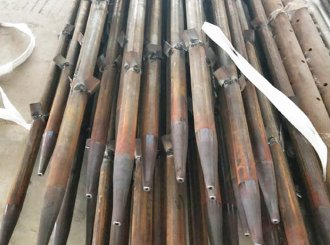 Anchor Pipe
Anchor PipeKwayt Group was founded in 2008,which is engaged in the manufacture and export of many kinds of steel pipes and fittings. Kwayt is a group company......
-
Grouting Pipe

